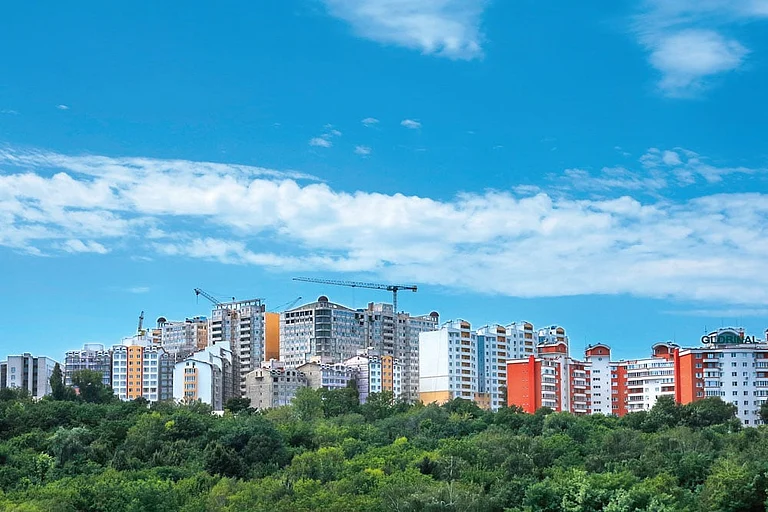The Indian dream of homeownership is becoming increasingly unattainable, especially in its urban centres, with property prices outpacing income growth by a staggering margin.
Investment banker Sarthak Ahuja, in a widely discussed LinkedIn post, broke down the structural problems making city housing nearly impossible for the average Indian to afford—and how deeply embedded these issues are.
“If you look at the Price to Income (P2I) Ratio for houses in India—or the number of years’ income you have to pay to afford a house—urban cities now average a P2I of 11. That means 11 years of full income. And if you assume 50 per cent of your income goes into expenses, that’s over 20 years of savings,” he wrote in his post on LinkedIn.
Ahuja noted that this P2I ratio, which now averages 11 across Indian metros, is on par with New York, a city often cited as one of the world’s most expensive real estate markets.
Three Structural Fault Lines
According to Ahuja, three entrenched issues are driving housing further out of reach:
Rigid Building Norms: India’s existing floor space regulations are restricting vertical growth. “India has a very low FSI or Floor Space Index. Most metros have an FSI of 1.3 to 3.5, which keeps building heights low. More land is needed to house the same number of people,” he wrote.
In comparison, the average FSI is 15 in the U.S. and 25 in Singapore, enabling more efficient urban housing.
Artificial Scarcity by Developers: Developers are gaming supply dynamics to inflate prices. “Private developers play a dirty game. They’ll release only 5 units for sale in a 100-unit project to set inflated prices through scarcity. The next 5 go for 10 per cent more. This keeps the illusion of demand high while pushing up rates,” he added.
Real Estate as a Cash Parking Tool: Ahuja also pointed to the opaque ownership patterns and role of unaccounted wealth in distorting the market. “It is said that less than 10 families own 20 per cent of the land in Mumbai, and 500 families own half of Mumbai,” he added.
What Can Homebuyers Do?
In a market where financial prudence is often sidelined through speculation, Ahuja had some advice for buyers.
“Buy a house when you can afford at least 50 per cent upfront, and keep equated monthly instalments (EMIs) under 35 per cent of your in-hand income. If not, live on rent and build income. Tier 2 cities may be a smarter option than metros,” he said.












